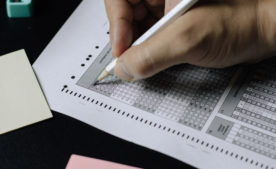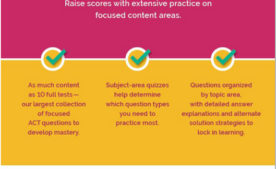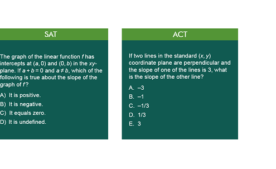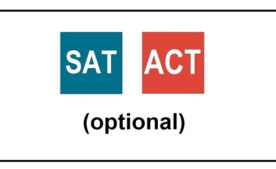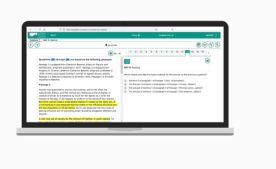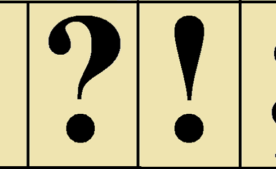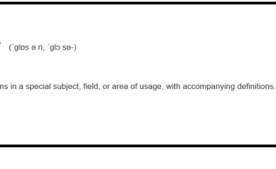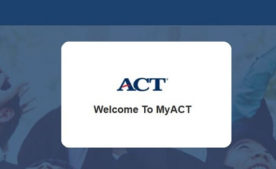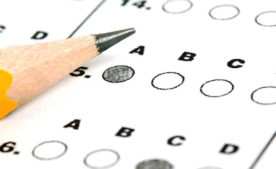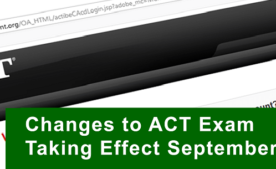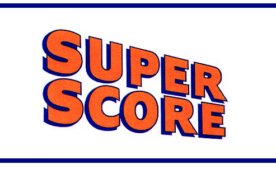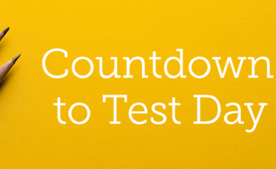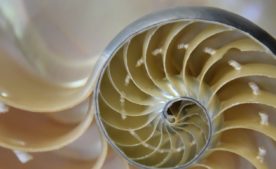In this post, we’ll introduce you to the type of content on the ACT Science test and share ACT Science strategies you’ll learn and practice during your Summit ACT tutoring program. Please keep in mind that the best way to decide between the ACT and SAT is to take a practice test of each, then compare the scores and your test taking experience.
The ACT Science test measures students’ interpretation, analysis, evaluation, and problem-solving skills. While the ACT tends to be more curriculum-aligned than the SAT, this particular section of the test doesn’t focus much on your science knowledge. Aside from a handful of questions that rely on “outside knowledge,” you are given all the information you need.
The ACT is a fast-paced test and that is especially clear on the Science Test, which is always the fourth section of the ACT. Timing is the biggest challenge here for most students: test-takers get 35 minutes to answer 40 questions.
The Science test includes three types of passages: Data Representation, Research Summary, and Conflicting Viewpoints.
Data Representation passages often include a variety of charts and graphs, some of which can appear quite complicated. These passages are actually the most straightforward, and for a practiced test-taker, they’re the fastest to work through. It’s a matter of finding the right information, and most questions will direct test-takers to the correct table or graph.
Research Summary passages can look like Data Representation passages and include some of the same question types. However, Research Summary passages also provide information about the experiments that were conducted to collect this data, going beyond strict Data Representation. A Research Summary passage will always include at least one question about experimental design, which requires a basic understanding of control groups and independent vs dependent variables. Answering Research Summary questions often involves making some common-sense assumptions. Your tutor will help you find and understand the line between guessing and drawing a reasonable conclusion.
Conflicting Viewpoints passages are like a reading comprehension exercise. There is only one Conflicting Viewpoints passage per Science section, and it’s often easy to identify because it typically has text only. In rare cases, the Conflicting Viewpoints passage will include a diagram to illustrate the scenario in question. Students are presented with various scientific concepts and different perspectives about them. Questions ask students to analyze how the viewpoints are similar and different from each other.
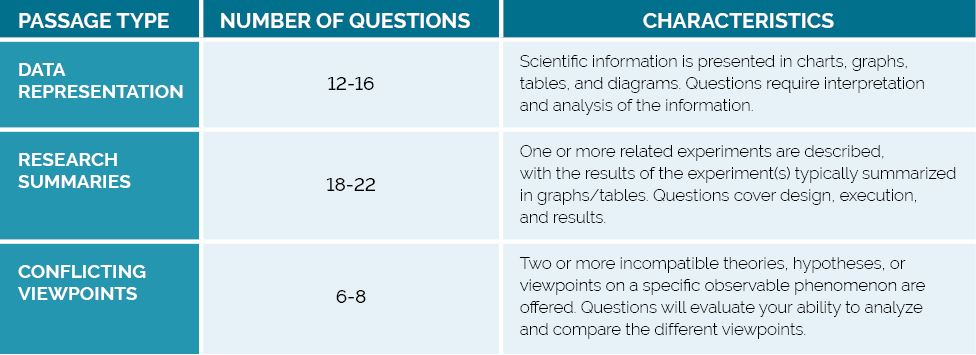
Often, students who do best with timing on the Science test get good at finding relevant information quickly. The passages supply more detailed information than needed to answer the questions. With your tutor’s guidance, you’ll find the balance between skimming and reading that suits your comfort level. Your Summit tutor knows how to create a timing strategy that works for you and fine-tune your approach to each passage.
The Science Test covers biology, chemistry, physics, and Earth/space sciences, but again, it’s more of a test of reading comprehension. You don’t need to be a strong STEM student to excel on the Science section.
If you are the kind of test-taker who appreciates the more straightforward style of the ACT, don’t let the Science test scare you away. Some students prefer the SAT’s trickiness and slower pace, but if that’s not you, the ACT’s Science section should not deter you from going for the test that suits you best.
3 ACT Science Strategies
Let the Questions Guide You – Pay attention to the key terms in each question, which will tell you where to look in the charts and graphs of the passage. The answer choices may also provide more clues about where to find information.
Have a Game Plan – As always on the ACT, you want to allocate your time according to your strengths. If you find the charts overwhelming, you might want to tackle the one Conflicting Viewpoints passage first. If you’re comfortable with the Data Representation passages, starting with these can build confidence. There are many different ways to approach this section. Your tutor will help you devise a strategy that will work for you.
Only Basic Science Knowledge Needed– Usually, all of the information you need about a topic will be contained within the passage. The Science Test rarely has questions that require outside knowledge of science facts, and you can usually solve these questions by applying a basic understanding of biology, chemistry, or physics. Remember, through process of elimination the correct answer is there. Your job is to find it.
How the Science Test Impacts Your ACT Score
The Science section accounts for 25% of your ACT score: the English, Math, Reading, and Science sections are weighted equally and are averaged to determine your composite score. Because all four sections are equally weighted, maximizing your score on a section that you find easier takes some pressure off the other three. If you’re an excellent reader, or if Science is a strong subject for you, bringing up your Science score will raise your composite score. If you struggle with the Science section, that’s no reason to give up on the ACT: remember that it’s only 25% of your score and higher scores in one or more of the other three sections can compensate.
TAKE A FREE PRACTICE ACT
STUDENTS CAN TAKE OUR PROCTORED PRACTICE TESTS IN-PERSON OR REMOTELY.
As a complimentary service, Summit offers free proctored practice tests and a no obligation consultation to analyze the Score results in detail and provide guidance on your testing plan. Taking practice tests under realistic conditions gives students exposure to the test question types and pacing in a no-risk environment.
View the Schedule


